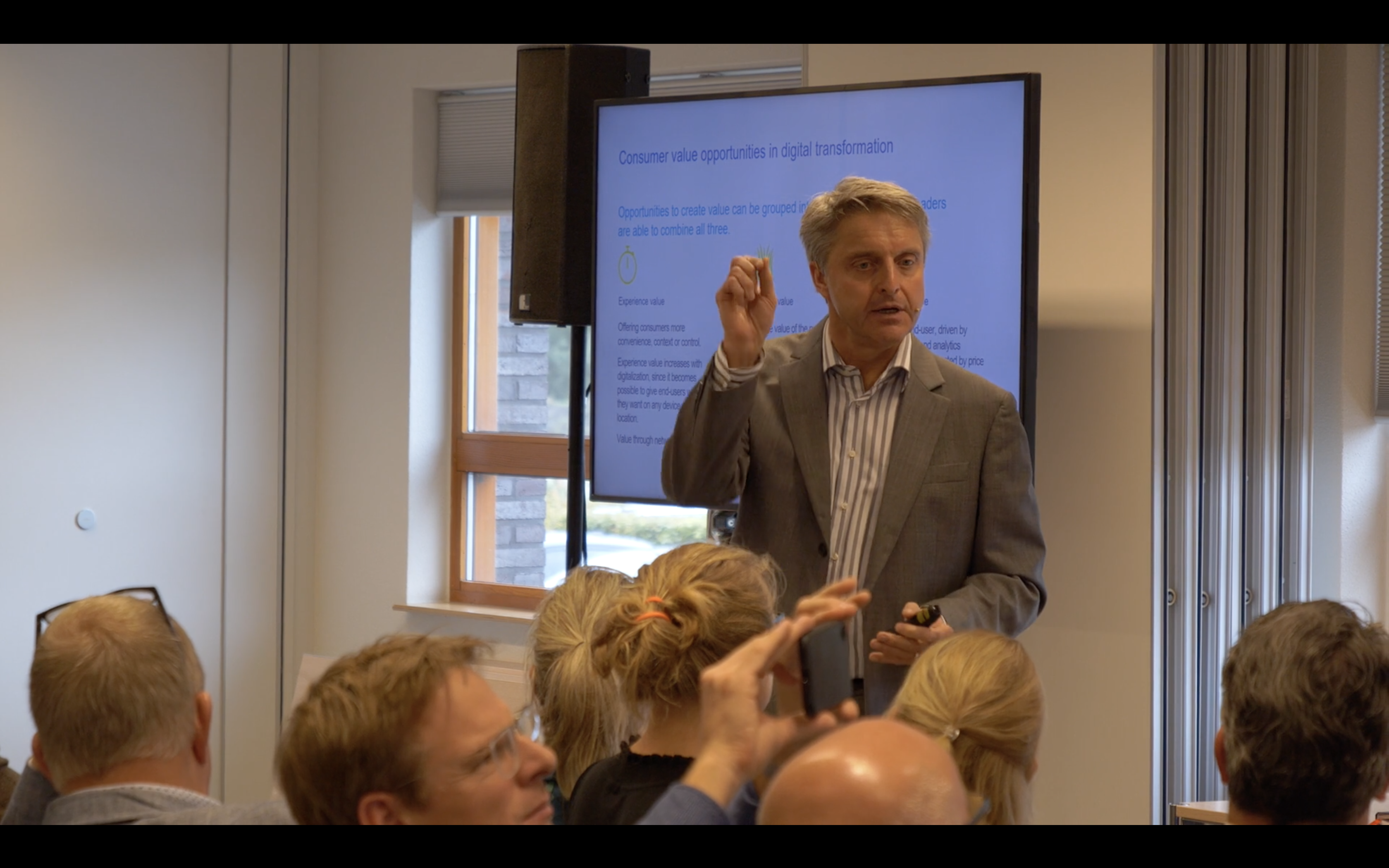Most people have heard the term lean as it pertains to productivity, and while they may not have a solid understanding of lean principles, they do know that it involves some kind of efficient approach that adds value to a process.
To gain an understanding of what lean is, it might be best to start out by explaining some of the things lean isn't — for instance, it isn't an acronym; it's more closely related to the relevant dictionary definition of lean, which is "characterized by economy."
Lean also does not rely on any set of tools or metrics to accomplish its economical objective, nor does it provide for certifications or levels of achievement along the way. It is certainly not a program that accomplishes economy through head count reduction and, in fact, lean isn't really a program at all.
At its core, lean is simply a philosophy that embraces the creation of maximum value for a customer while using minimal time, energy, resources and effort to achieve that goal. When you think about this philosophy, it would be pretty difficult for any working model to be more economical. So how are these economies actually achieved?
First of all, it requires that there is a thorough understanding of the processes being used to create value for the customer. Next, it's necessary to improve on those processes in every way possible. A second thrust of lean thinking is to develop and empower the people associated with those processes through coaching and problem-solving techniques, and finally to progress these lean-thinking people into roles of leadership and management, to perpetuate the lean philosophy.
This discussion will consider how lean initiatives can greatly benefit an IT department, and why a lean IT department can bring tremendous value to the company that it supports, above and beyond the traditional support these crucial staff members normally provide.
Without a highly responsive IT department, many businesses would come to a screeching halt, or at least be substantially slowed in their ability to satisfy customers. However, when the members of an IT department are merely reacting to the demands of their own internal customers, i.e. company business personnel, they simply can't consistently be at their most effective. Far better would be for the entire IT department to be proactive in its approach, and anticipate the needs of internal customers. Here's why IT would benefit from applying lean initiatives in its overall strategy:
There are literally dozens of ways in which lean principles can be applied to IT functions and projects, so processes can be streamlined and value can be added to the organization. Here are six ways that lean principles can make a real difference of economy in the IT department:
These are all great examples of lean in the IT world, but it starts with transforming the culture to think differently. We can use the great tools and a great framework, but this approach starts with the organization's ability to adapt and change. It's a long journey, and once you get into it, this journey will never stop to improve continuously.
Where are you and your organization on the lean journey?
Leave your details below and we'll be in touch soon.
